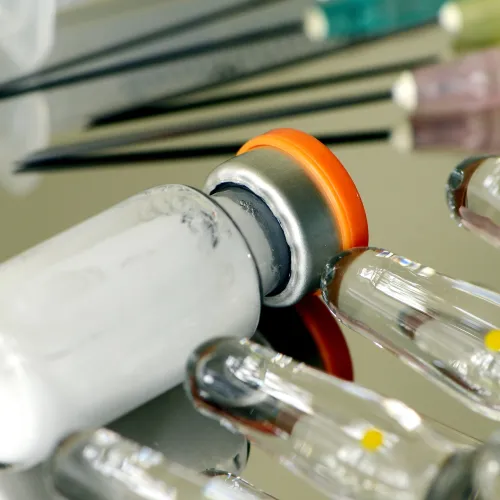Answer 3 Questions to Get a Clear Snapshot for 20526

Evidence of previous treatments are a part of successful CTS injection claims.
When coding for carpal tunnel syndrome (CTS) injections, you’ll need to know whether the patient has had any less invasive CTS treatments earlier.
Reason: Some payers allow CTS injection therapy only when other treatments have failed. Hence there are chances that you could face a denial if a CTS injection is given at the first visit.
Make each CTS coding scenario a clear snap shot by posing the following questions:
1. Should the Physician Try Other Treatments Before 20526?
Yes, the physician should try other treatments before administering a CTS injection. This will likely include less invasive treatments such as splinting (or bracing), medication (non-steroidal anti-inflammatory), and occupational therapy, before giving a CTS injection (20526, Injection, therapeutic [e.g. local anesthetic, corticosteroid], carpal tunnel), confirms Marvel J. Hammer, RN, CPC, CCS-P, PCS, ACS-PM, CHCO, of Denver’s MJH Consulting. Hammer says, “If the patient’s symptoms don’t improve, the physician may then proceed with a corticosteroid injection of the carpal tunnel.”
Alert: You need to check with the payer if you are not sure of its “previous treatment” requirements. Even evidence of previous treatments might not be enough to convince some insurers, says Jacqui Jones, office manager at an orthopedic practice in Klamath Falls, Ore.
“We have had a couple of contracted HMOs [health maintenance organizations] impose conservative nonsurgical treatment - even with previous treatment and positive nerve conduction velocities ordered by another physician,” says Jones.
2. What Dx Codes Support Carpal Tunnel Injections?
Patients having CTS may complain of “progressively worse numbness and tingling in their hand and wrist, particularly the thumb, index and middle finger,” describes Hammer.
With the condition getting worse, the patient may experience piercing sharp pain in the wrist, potentially radiating into the affected arm (719.43 Pain in joint, forearm or 729.5 Pain in limb). The patient’s symptoms are usually worse at night, and the patient may also complain of burning sensation in the hand or decreased grip strength (728.87 Muscle weakness).
Documentation guidance: For a patient with CTS, the physician may document that the patient has one or more of the following:
If the physical exam is not conclusive, the physician may also order nerve conduction velocity studies to confirm the CTS diagnosis.
3. What Documentation Specifics Do I Need for 20526?
Most coders agree that some documentation indicating previous attempts to treat the injury will only help a 20526 claim.
According to Hammer, “Best practice documentation of procedures should include the patient’s response to previous [CTS] treatments. Even though the CPT® code for carpal tunnel injection falls in the musculoskeletal surgery section of the codebook, only a few payers or providers view this injection as a ‘surgery’.”
David Lincoln Nelson, MD, orthopedic hand surgeon from Greenbrae, California says, “A solid 20526 claim should indicate all methods of ‘non-operative’ treatment that have been tried prior to the decision that surgery was needed.”
“If the carrier needs additional information at that point, then the coder can submit office notes or any other information to support medical necessity,” explains Nelson.
Example: Operative notes for a 20526 claim could include the following phrases:
A clinical example: Mr Peterson, 49, has been to the office twice previously for right wrist pain. He returns complaining of severe pain, tingling, numbness and poor grip strength in the hand. “I cannot even hold onto a plate,” he says. The patient rates the pain as 9 on a scale of 0-10.
The patient has undergone physical therapy and used a night splint to ease the pain, but neither has proven effective. During a level-two E/M service, the patient has a positive Tinel’s and Phalen’s sign, which is conclusive enough to confirm CTS.
The orthopedist then performs a therapeutic CTS injection into the carpal canal, and instructs the patient to return in two weeks if the condition does not improve.
For this encounter, you should report the following:

